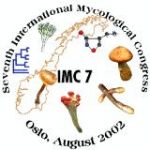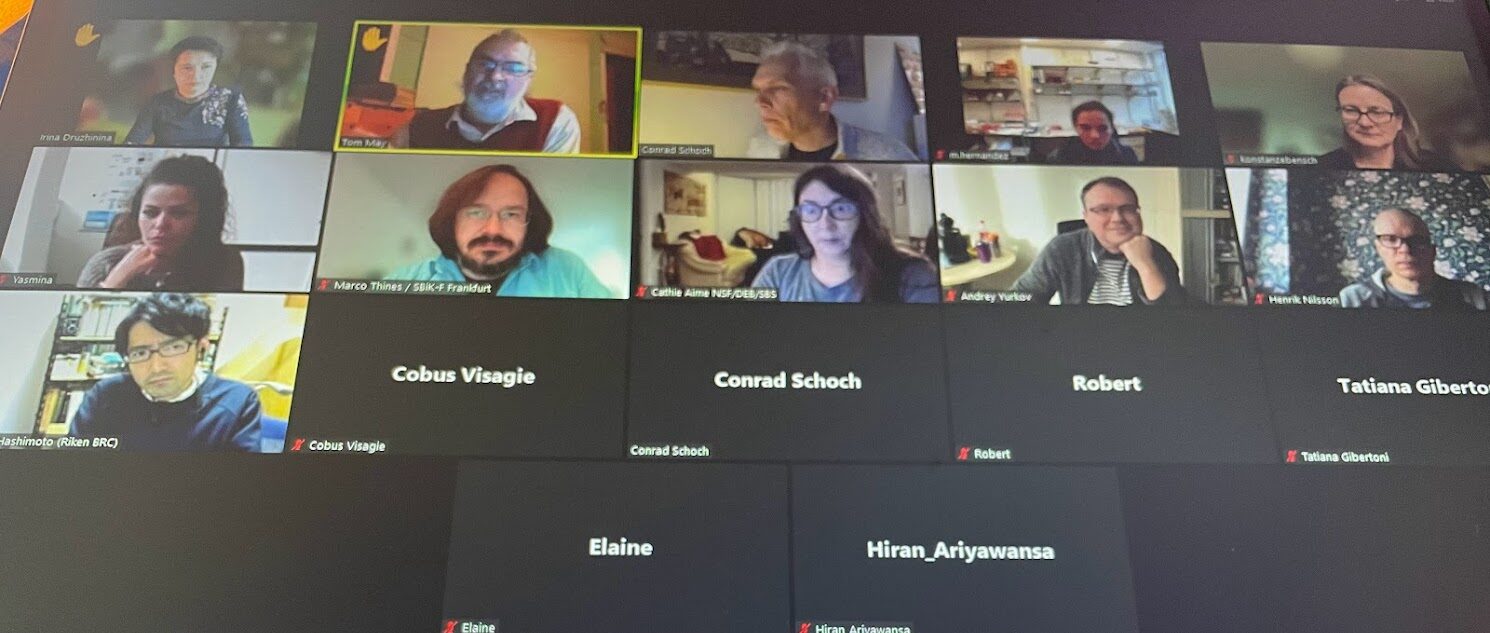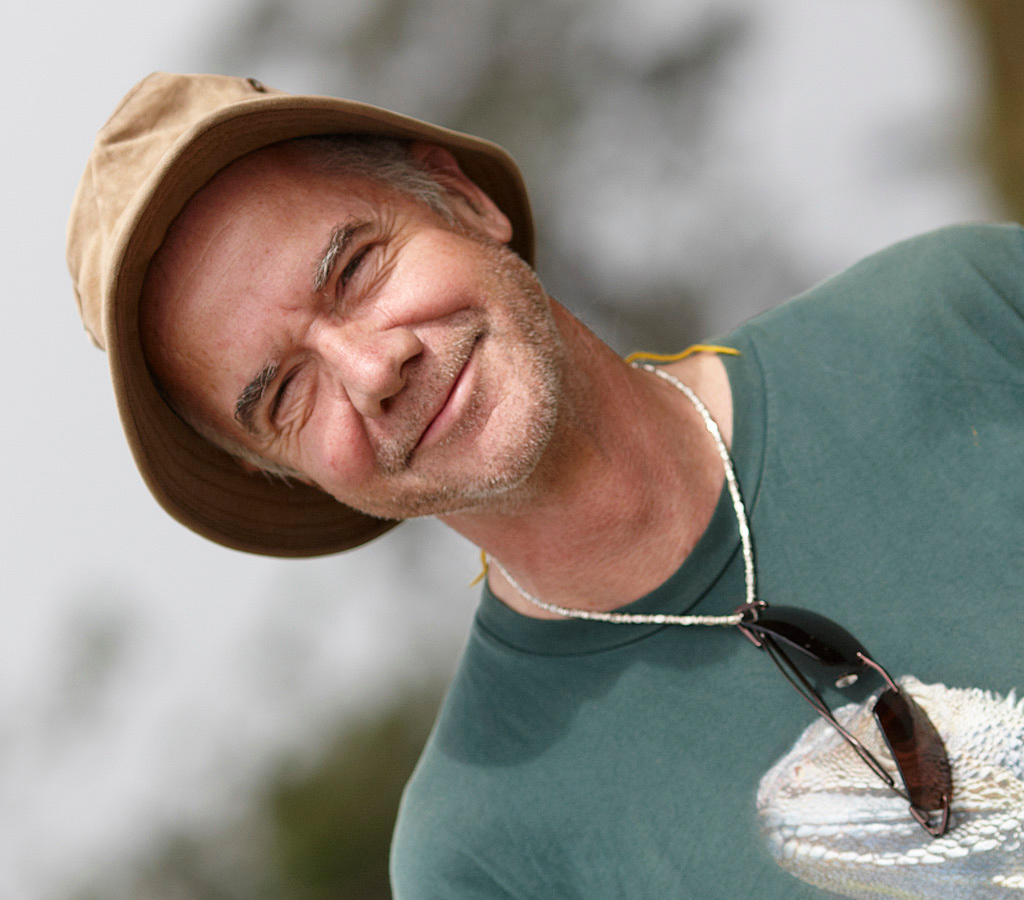International Commission on the Taxonomy of Fungi (ICTF) General Meeting at the 9th International Mycological Congress (IMC9), Edinburgh, Scotland, 2nd August 2010, 2 PM
Members in attendance:
Keith Seifert (Chair, Canada)
Gen Okada (Secretary, Japan)
Pedro Crous (Netherlands; President, IMA)
José Carmine Dianese (Brazil)
David Hawksworth (Spain, past chair)
David Hibbett (United States)
Peter Johnston (New Zealand)
Robert Samson (Netherlands; Secretary General, IUMS)
Michael Wingfield (South Africa)
Members of Subcommissions in attendance:
Brett Summerell (Australia, Fusarium SC)
Ulf Thrane (Denmark, Fusarium SC)
Apologies from:
Gaddam Bagyanarayana (India)
Irina Druzhinina (Austria)
David Geiser (United States)
Tom May (Australia)
Amy Rossman (United States)
Frederick Speigel (United States)
The meeting consisted of 1) a public presentation of ICTF activities from the past four years by the Chair, Keith Seifert, and 2) a closed meeting of Commission members to discuss the future of the Commission.
1. REPORT OF ACTIVITIES
The officers and members of the ICTF were introduced to the audience. The structure of the ICTF, and its status as a COMCOF of the IUMS and a Commission of the IMA were reviewed. The current website (https://www.fungaltaxonomy.org/?page_id=1) was reviewed, which consists mostly of the Statutes and a list of Commission members.
The chair summarized the characteristics and activities of the taxon-specific Subcommissions (SC) and a new Working group (WG), as presented to the IUMS in their biennial request for reports from COMCOFs. This summary is repeated here as presented in the original report, adding some new activities of the commission:
Fusarium SC – (chair: David Geiser). This group also works under the auspices of the International Society of Plant Pathology Commission on Fusarium, and holds meetings prior to the International Congress of Plant Pathology (ICPP). The EF1-alpha DNA sequence database created by David Geiser with much data from Kerry O’Donnell was augmented with an RPB2 database to enable identification of Fusarium strains from a curated, barcode-like database, and was moved to a new web platform at http://isolate.fusariumdb.org/index.php. The list of current names of Fusarium continues to be available at http://www.cbs.knaw.nl/databases/fusarium/database.aspx, but has been integrated in the MycoBank database (http://www.mycobank.org/) and is maintained at that site. The Fusarium SC group met at the 10th International Fusarium Workshop (Alghero, Italy, August 2008) after the Torino, Italy ICPP. Discussions were initiated to organize a specialist workshop on Fusarium taxonomy and molecular phylogenetics, to discuss a community oriented approach to solving some of the more pressing issues in this genus. The next meeting is planned for the ICPP in China in 2013, and the organization of the workshop is already underway by Ulf Thrane, the chair of the ISPP Fusarium Subject Matter Committee.
Trichoderma SC(ISTH)– (chair: Irina Druzhinina). The barcode identification system, TrichoKey2, continues to be maintained on the subcommission website, http://www.isth.info/. This website also has extensive literature and additional information on Trichoderma and its sexual states, Hypocrea. This group has been active in developing and publishing collaborative, polyphasic projects such as the special issue of Studies in Mycology no. 56 (2006). They are also active in organizing and making presentations at international meetings. The next meeting on Trichoderma in agriculture will be held in Haifa, Israel, in October 2010.
International Commission on Penicillium and Aspergillus (ICPA) – (chair: Robert Samson). This commission reports separately to the IUMS, but the chair also sits on the ICTF. This Commission organized an international workshop on “Aspergillus systematics in the genomic era” in April 2007, and published the proceeding as Studies in Mycology no. 59 (2007). This Commission has been very active at IUMS meetings, and organized a session on “Advances in molecular phylogenetics/systematics of Penicillium and Aspergillus species” at the 2008 Istanbul Congress, and plans a session at the 2011 Sapporo Congress. Their website is maintained at http://www.aspergilluspenicillium.org/.
Ceratocystis/Ophiostoma SC – (co-chairs: Keith Seifert, Michael Wingfield). A three day pre-congress symposium attended by 45 people was organized for IMC8 in Cairns, Australia. The editing of these proceedings is continuing, but has been much delayed. Establishment of a permanent commission remains on hold, because many potential members do not yet have permanent jobs.
Mycosphaerella SC– (chair: Pedro Crous). This subcommission is not yet formalized, and is mostly centred around CBS and its collaborators. A one day symposium on Cercospora beticola was held at the American Phytopathological Society/Canadian Plant Pathological Society/Mycological Society of America meeting in Quebec City in August 2006. There will be a specialist workshop on Mycosphaerella in Australia in April 2011, which Pedro Crous is involved in organizing.
Fungal Barcoding WG (FunBOL) – This subcommission is a shared committee with the Consortium for the Barcode of Life (CBOL, Smithsonian, USA; http://www.barcoding.si.edu/). Originally organized by Keith Seifert, Pedro Crous and John Taylor at the invitation of CBOL, it is now chaired by Conrad Schoch (GenBank, USA). Membership and terms of reference have yet to be established, but the group is expected to be active in initiating the official recognition of DNA barcode markers for fungi, lobbying for the inclusion of fungi in barcoding projects, and developing large scale fungal barcoding projects.
In addition to the activities of the subcommissions and working groups, the chair reported the following activities.
How to Describe a Fungal Species – A draft document presenting the procedures necessary to effectively describe a fungal species was written by Keith Seifert and circulated to the rest of the commission for comment. The paper is intended for students or non-taxonomists who may find that they need to describe new species as part of their work. It will be published on the Commission website and also published in the journal IMA Fungus following an invitation by Prof. Hawksworth (Editor-in Chief).
IUMS Congress in Istanbul in 2008 – The ICTF organized a symposium on “Taxonomic developments in economically important fungal genera” at the IUMS Congress in Istanbul. Robert Samson was the principal organizer, with some support from Irina Druzhinina in the preliminary organization.
2. FUTURE OF THE ICTF
Prior to this meeting, the executive committee announced its resignation effective at the end of the General Meeting at IMC 9. In accordance with the ICTF statutes, they called for an election of a new executive. Although some nominations were proposed, none of the nominees accepted the invitation to stand for election, and the ICTF entered its general meeting without an elected chair or secretary to assume the business of the commission.
The chair reviewed the status of the executive with the public audience, stating that without an executive, the Commission was in a state of crisis. It was noted that the ICTF is not well known amongst mycologists, despite its mandate from both the IUMS and IMA. Some mycologists who are aware of the ICTF consider it to be a self-appointed body, with no democratic legitimacy to represent taxonomic mycology. The chair reviewed the membership provisions from the statutes, which state that new members are invited by the sitting commission. Although the commission had been organized based on a global representation and a broad coverage of taxonomic groups, the present commission is still under-representing the constituencies. Namely, there is a noticeable bias towards ascomycete specialists and a considerable gender imbalance in the members. As with most international bodies relying on volunteers, the ICTF has suffered from having members who are senior scientists with many other responsibilities, who have not had enough time to devote to the commission activities. Younger mycologists who might have a vested interest in participating in such a commission either lack stable employment, lack the financial resources to participate, or may not have a sufficiently high profile to be invited to join the commission.
The mandate of the commission is unclear even to most of its members. The statutes state that the aim is promote improvements in all aspects of fungal systematics. While most understand the need to promote taxonomy within mycology, and to other scientists beyond mycology, the mechanisms for this were not clear to the present commission.
Although the ICTF considers one of its prime functions to oversee Subcommissions or working groups, there is no requirement for ad hoc working groups to report to anyone but themselves, and there is little apparent benefit to reporting to the ICTF. Because the ICTF has no budget, there is also no financial benefit to working groups to becoming subcommissions. The statutes lack guidelines for interested parties to propose new subcommissions; a question from the audience made it clear that scientists outside the normal ICTF network might be interested in initiating new subcommissions with the guidance and support of the ICTF.
During this four year period, unsuccessful attempts were initiated to form subcommissions on Colletotrichum and Stachybotrys. Peter Johnston was able to participate in the formation of an informal working group on Colletotrichum, but the group saw no benefit in being recognized as a subcommission. Keith Seifert abandoned the idea of a Stachybotrys subcommission because it was clear that most of the active workers were graduate students or post docs who could not afford to expend energy on such a subcommission.
When the current executive assumed its responsibilities at IMC7 in Oslo, the chair made a decision to deemphasize a focus on nomenclatural matters. Comments from the audience at the meeting, which proceeded the open nomenclatural discussion later in the week, often focused on proposed roles for the ICTF in nomenclatural issues. Scott Redhead (AAFC, Canada) suggested that the ICTF could be active in developing subcommissions that could develop consensive nomenclature for specific taxonomic groups; there was some discussion about the “Names in Current Use in the Trichocomaceae” project initiated by ICPA, and granted special status in the preamble to the Tokyo Code. Mike Wingfield felt that problems with the Botanical Code were pressing issues for mycologists, and that the ICTF could take a lead in resolving these problems, perhaps even initiating the drafting of a Mycological Code.
The chair noted that while there was considerable pressure from the IUMS to have an active subcommission, there was little support or awareness for the ICTF from the IMA. The situation is troubling because the principal officers of both societies are themselves members of the ICTF. The Secretary General of the IUMS, Rob Samson, stated that the ICTF could have a positive influence on microbiologists, by presenting information on changes of names and refinement of species concepts, which would help to make fungal taxonomy visible to applied scientists. Keith Seifert responded that it was important to find members of the IUMS who wanted to contribute to the ICTF, so that the Commission could be more responsive to that society.
After comments were received from the audience, the discussion on the future of the ICTF continued in camera, with only members of the commission and its subcommissions present. The summary of this discussion is not included in the published version of these minutes.
Action items
As a result of the in camera discussions, four action items were agreed:
1. The minutes of the public and closed meetings would be prepared by Keith Seifert and Gen Okada and circulated to the present ICTF members.
2. Keith Seifert would initiate a review of the existing statutes and suggest revisions that would improve the democratic processes of selecting membership, and clarify the procedures for initiating new subcommissions.
3. David Hawksworth agreed to prepare a summary of ideas for possible rejuvenation of the Commission, suggesting possible programmes of work that would increase the relevance of the Commission and possibly attract a more active membership.
4. The CBS Fungal Biodiversity Centre offered to organize a symposium in April 2011 with the topic “One fungus: One name” to be sponsored nominally by the ICTF. If action items 2 and 3 were successful, the symposium would be used to relaunch the ICTF with a new executive and new membership. The members of the ICTF present at IMC9 voted unanimously to accept this invitation from CBS.
Keith Seifert and Gen Okada agreed to remain as an acting executive until 31 Dec. 2010, to facilitate the completion of action items 2 and 3, and any transition to a new executive in item 4.




